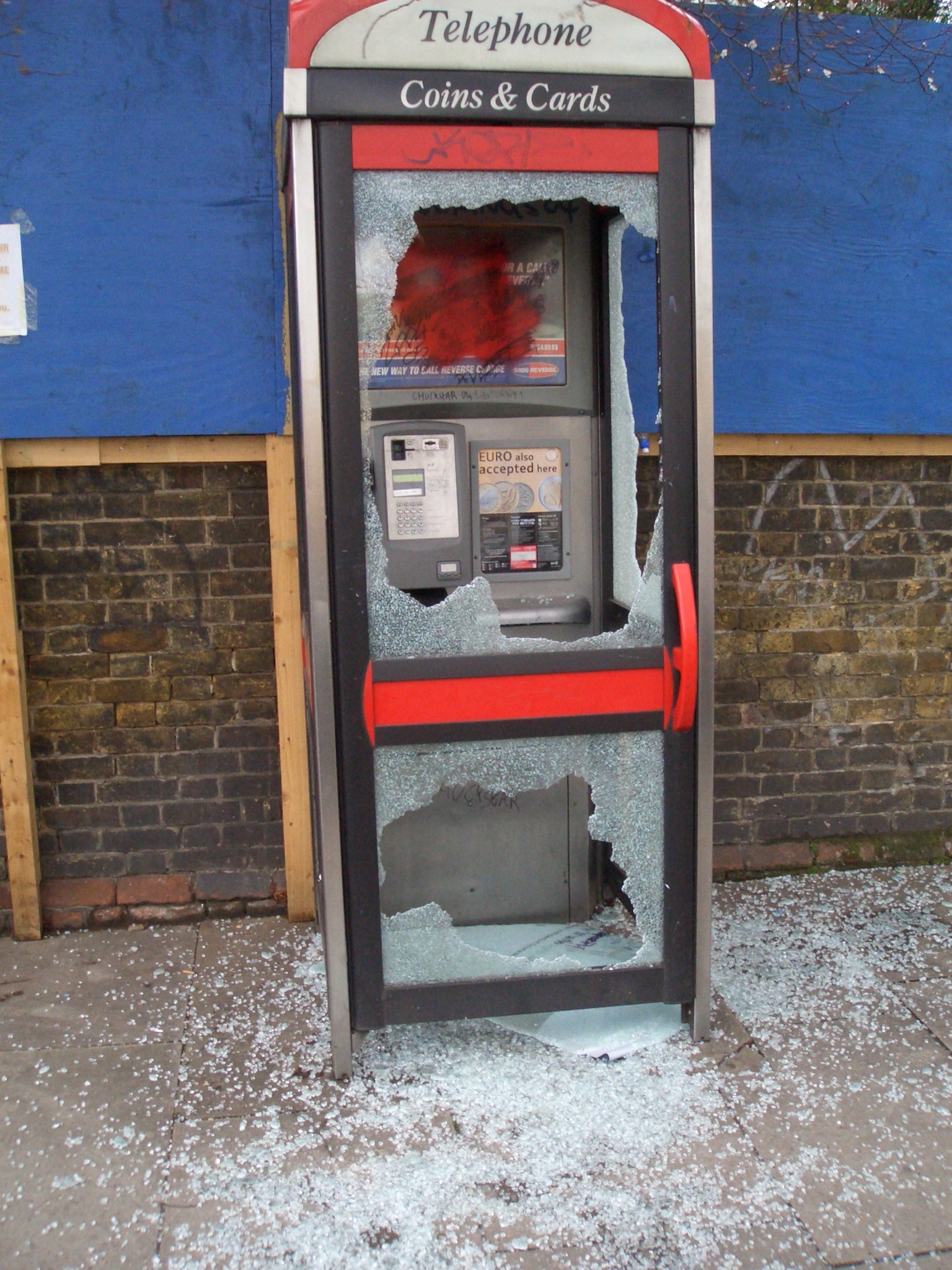|
Pyrolytic Coating
Pyrolytic coating is a thin film coating applied at high temperatures and sprayed onto the glass Glass is an amorphous (non-crystalline solid, non-crystalline) solid. Because it is often transparency and translucency, transparent and chemically inert, glass has found widespread practical, technological, and decorative use in window pane ... surface during the float glass process. Advantages *Relatively durable coating. * Can be tempered after coating application. * Can be used in single glazing applications. Applications Pyrolytic coating can be used as a protective or decorative coating on equipment parts, energy-insulator on window glasses, anti-friction agent in moulding applications. See also * Pyrolytic chromium carbide coating References External linksWelsh Insulating Glass [...More Info...] [...Related Items...] OR: [Wikipedia] [Google] [Baidu] |
Glass
Glass is an amorphous (non-crystalline solid, non-crystalline) solid. Because it is often transparency and translucency, transparent and chemically inert, glass has found widespread practical, technological, and decorative use in window panes, tableware, and optics. Some common objects made of glass are named after the material, e.g., a Tumbler (glass), "glass" for drinking, "glasses" for vision correction, and a "magnifying glass". Glass is most often formed by rapid cooling (quenching) of the Melting, molten form. Some glasses such as volcanic glass are naturally occurring, and obsidian has been used to make arrowheads and knives since the Stone Age. Archaeological evidence suggests glassmaking dates back to at least 3600 BC in Mesopotamia, Ancient Egypt, Egypt, or Syria. The earliest known glass objects were beads, perhaps created accidentally during metalworking or the production of faience, which is a form of pottery using lead glazes. Due to its ease of formability int ... [...More Info...] [...Related Items...] OR: [Wikipedia] [Google] [Baidu] |
Float Glass Process
Float glass is a sheet of glass made by floating molten glass on a bed of molten metal of a low melting point, typically tin, although lead was used for the process in the past. This method gives the sheet uniform thickness and a very flat surface. The float glass process is also known as the Pilkington process, named after the British glass manufacturer Pilkington, which pioneered the technique in the 1950s at their production site in St Helens, Merseyside. Modern windows are usually made from float glass, though Corning Incorporated uses the overflow downdraw method. Most float glass is soda–lime glass, although relatively minor quantities of specialty borosilicate and flat panel display glass are also produced using the float glass process. History Until the 16th century, window glass or other flat glass was generally cut from large discs (or rondels) of crown glass. Larger sheets of glass were made by blowing large cylinders which were cut open and flattened, then ... [...More Info...] [...Related Items...] OR: [Wikipedia] [Google] [Baidu] |
Tempered Glass
Tempered or toughened glass is a type of safety glass processed by controlled heat treatment, thermal or chemical treatments to increase its strength compared with normal glass. Tempering puts the outer surfaces into Compression (physics), compression and the interior into Tension (physics), tension. Such stresses cause the glass, when broken, to shatter into small granular chunks instead of splintering into large jagged shards as ordinary annealing (glass), annealed glass does. These smaller, granular chunks are less likely to cause deep penetration when forced into the surface of an object (e.g. by gravity, by wind, by falling onto them, etc.) compared to larger, jagged shards because the reduction in both the mass and the maximum dimension of a glass fragment corresponds with a reduction in both the momentum and the penetration depth of the glass fragment. Tempered glass is used for its safety and strength in a variety of applications, including passenger vehicle windows (ap ... [...More Info...] [...Related Items...] OR: [Wikipedia] [Google] [Baidu] |
Pyrolytic Chromium Carbide Coating
Pyrolytic chromium carbide coating (PCC) is a technology for protection and reworking of rapidly wearing parts of manufacturing equipment working in extreme environmental conditions, using vacuum deposition technology. Coating mechanical parts can help with problems of corrosion, adhering, high-temperature and mechanical wear Wear is the damaging, gradual removal or deformation of material at solid surfaces. Causes of wear can be mechanical (e.g., erosion) or chemical (e.g., corrosion). The study of wear and related processes is referred to as tribology. Wear in ... thus reducing unplanned repairs and loss of production. The features of PCC coatings are: * obtaining protective layers with high adhesion strength on parts and products made of various engineering materials including metal and non-metal materials withstanding deposition conditions (up to 500 °C, 0.1 Pa); * applying coatings on internal and external surfaces of longs shafts, complex-geometry parts w ... [...More Info...] [...Related Items...] OR: [Wikipedia] [Google] [Baidu] |

